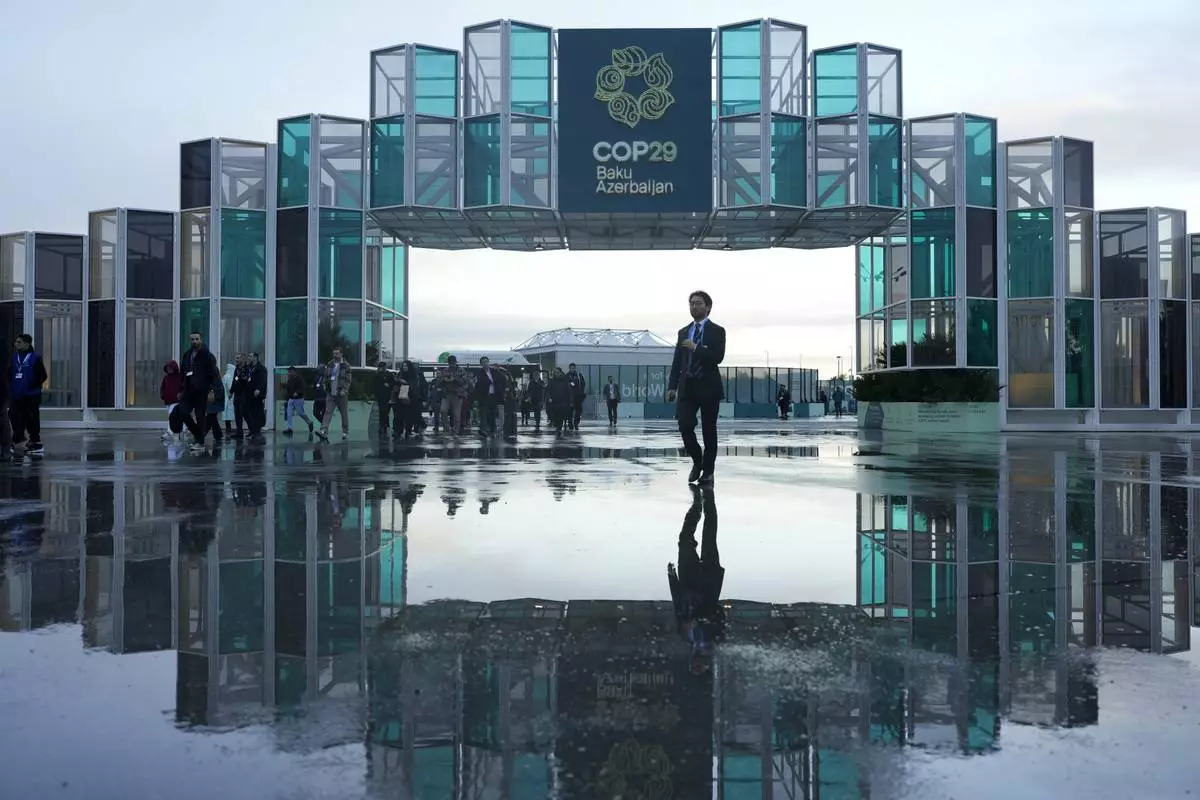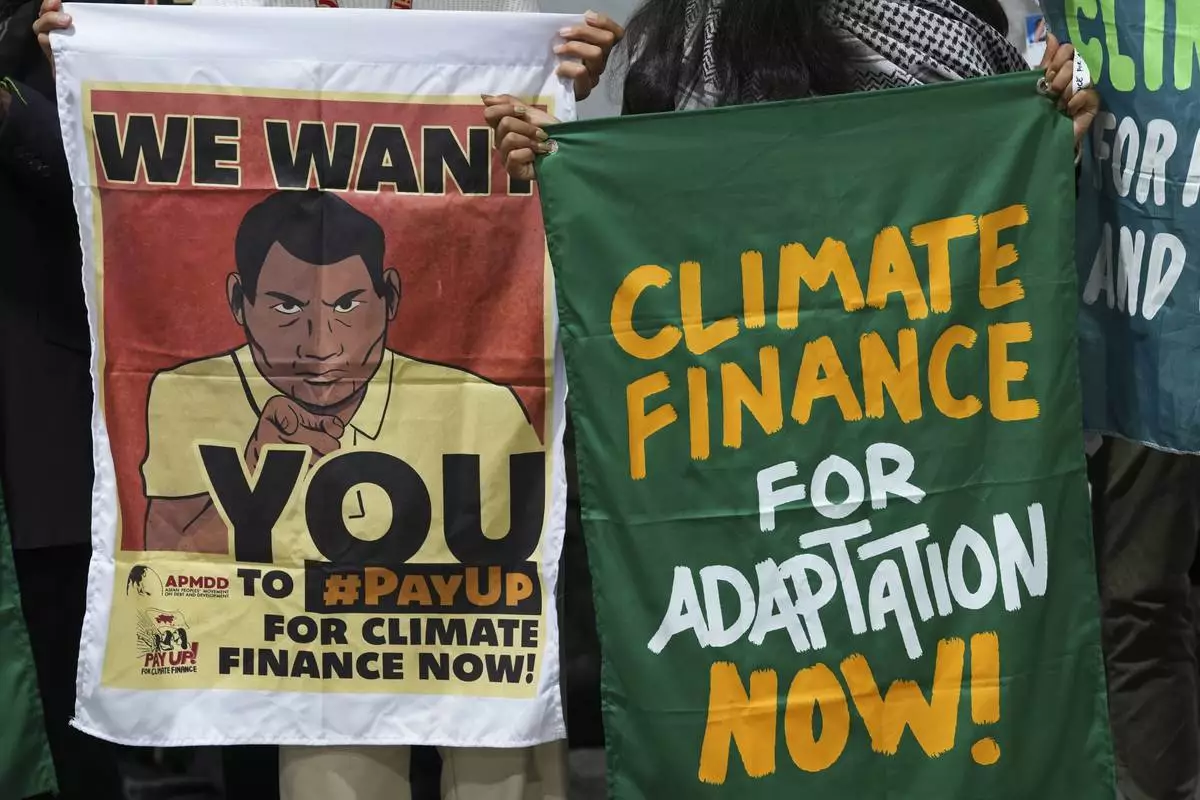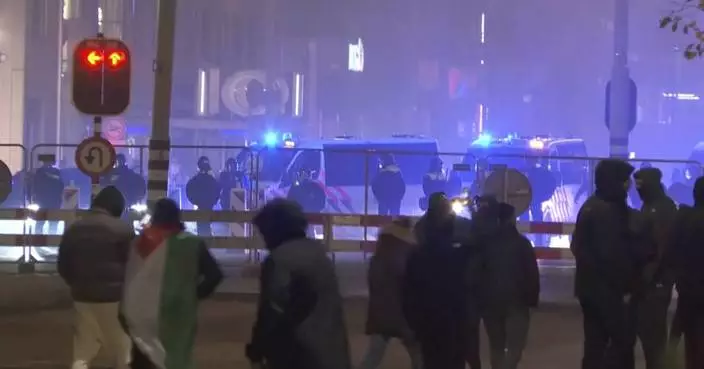DUBAI, United Arab Emirates--(BUSINESS WIRE)--Nov 14, 2024--
REJO is set to deepen its reach and brand impact at the World Tobacco Middle East 2024, marking a strategic opportunity for the brand to connect with new partners, showcase product innovations, and strengthening its foothold in the heat-not-burn (HNB) market. This year-end exhibition serves as a pivotal moments for REJO to demonstrate its commitment to the Middle East market while also gathering valuable insights to guide its regional and global strategy in the coming year.
This press release features multimedia. View the full release here: https://www.businesswire.com/news/home/20241114569811/en/
Highlighting Key Products and Expanding Regional Reach
During the exhibition, REJO will introduce the FARSTAR NSCs heated tobacco sticks, alongside the Mr. Yeah NF5100 heating device. These products will be featured on the Buygro platform, facilitating connections with retailers throughout the Middle East and broadening access to REJO’s innovation products.
Additionally, REJO has solidified its presence in duty-free stores by introducing the oices heated tobacco products, compatible with the REJO TS40 heating device. With its distinctive large screen, capacity for 40 consecutive uses, and elegant leather-textured design, the REJO TS40’s has well received among travelers for its premium feel and stylish look.
Strategic Product Rollout and Regional Expansion
REJO’s market strategy in the Middle East centers on fostering mutual success through partnerships with distributors specializing in vaping, shisha, and tobacco. By securing framework agreements with 35 initial global distributors, including CAHAN Tobacco International within the region, REJO is strengthening its industry presence and reinforcing its professional credibility.
Building on its Dubai presence, REJO is also preparing to enter neighboring markets with its NISE+ heated tobacco products and USONIC heating device. This device boasts a fingerprint-proof finish, a convenient magnetic top cover for easy cleaning, and an elevating entry-level HNB options in the Middle East.
Celebrating Local Culture and Enhancing Brand Presence
REJO view Dubai as a strategic hub for its brand growth in the Middle East and is committed to establishing a dedicated brand booth in the city, along with expanding its investment in global talent recruitment. As part of its long-term vision, REJO seeks to honor the cultural richness of the region. At the event, REJO has arranged live performance of traditional instruments, the qanun and oud, as a respectful tribute to local customs, reinforcing REJO’s commitment to community connection.
World Tobacco Middle East 2024 presents as an invaluable opportunity for REJO to engage with potential partners, introduce its cutting-edge products, and solidify its presence in the global heat-not-burn market. After its recent participation in major international events, REJO has gained considerable attention as a young and innovative brand, reinforcing its commitment to bringing high-quality, culturally aligned products to users worldwide.
About REJO
REJO is a global provider of heat-not-burn products, along with its own branded heating devices and heated sticks, recognized for the innovative technologies and global operational capabilities.
In collaboration with REJO Friends, we are committed to delivering an unparalleled user experience worldwide, offering a diversified product portfolio that advocates for the less harmful alternative, setting a new standard for mindful consumption.


Musicians performing live, drawing crowds and creating a vibrant atmosphere (Photo: Business Wire)

The USONIC Heating Device showcased for the first time at the exhibition (Photo: Business Wire)

The REJO TS40 Heating Device, popular among duty-free suppliers (Photo: Business Wire)
BAKU, Azerbaijan (AP) — For the third straight year, efforts to fight climate change haven't lowered projections for how hot the world is likely to get — and recent developments in China and the United States are likely to slightly worsen the outlook, according to an analysis Thursday.
The analysis comes as countries come together for the 29th edition of the United Nations climate talks, hosted in Baku, Azerbaijan, where nations are trying to set new targets to cut emissions of heat-trapping gases and figure out how much rich nations will pay to help the world with that task.
But Earth remains on a path to be 2.7 degrees Celsius (4.9 degrees Fahrenheit) warmer than pre-industrial times, according to Climate Action Tracker, a group of scientists and analysts who study government policies and translate that into projections of warming.
If emissions are still rising and temperature projections are no longer dropping, people should wonder if the United Nations climate negotiations known as COP are doing any good, said Climate Analytics CEO Bill Hare.
“There’s an awful lot going on that’s positive here, but on the big picture of actually getting stuff done to reduce emissions ... to me it feels broken,” Hare said.
The world has already warmed 1.3 degrees Celsius (2.3 Fahrenheit) above pre-industrial times. That's near the 1.5-degree (2.7 F) limit that countries agreed to at 2015 climate talks in Paris. Climate scientists say the atmospheric warming, mainly from human burning of fossil fuels, is causing ever more extreme and damaging weather including droughts, flooding and dangerous heat.
Climate Action Tracker does projections under several different scenarios, and in some cases, those are going up slightly.
One projected track based on what countries promise to do by 2030 is up to 2.6 degrees Celsius, a tenth of a degree warmer than before. And even the analysts' most optimistic scenario, which assumes that countries all deliver on their promises and targets, is at 1.9 Celsius, also up a tenth of a degree from last year, said study lead author Sofia Gonzales-Zuniga of Climate Analytics, one of the main groups behind the tracker.
“This is driven highly by China,” Gonzales-Zuniga said. Even though China's fast-rising emissions are starting to plateau, they are peaking higher than anticipated, she said.
Another upcoming factor not yet in the calculations is the U.S. elections. A Trump administration that rolls back the climate policies in the Inflation Reduction Act, and carries out the conservative blueprint Project 2025, would add 0.04 degree Celsius (0.07 Fahrenheit) to warming projections, Gonzales-Zuniga said. That's not much, but it could be more if other nations use it as an excuse to do less, she said. And a reduction in American financial aid could also reverberate even more in future temperature outlooks.
“For the U.S. it is going backwards,” said Hare. At least China has more of an optimistic future with a potential giant plunge in future emissions, he said.
“We should already be seeing (global) emissions going down" and they are not, Hare said. “In the face of all of the climate disasters we’ve observed, whether it’s the massive floods in Nepal that killed hundreds of people or whether it’s the floods in Valencia, Spain, that just killed hundreds of people. The political system, politicians are not reacting. And I think that’s something that people everywhere should be worried about.”
The major battle in Baku is over how much rich nations will help poor countries to decarbonize their energy systems, cope with future harms of climate change and pay for damage from warming's extreme weather. The old goal of $100 billion a year in aid is expiring and Baku's main focus is coming up with a new, bigger figure.
A special independent group of experts commissioned by United Nations Secretary-General Antonio Guterres issued its own estimate of costs and finances on Thursday, calling for a tripling of the old commitment.
“Advanced economies need to demonstrate a credible commitment” to helping poor nations, the report said.
A coalition of poor nations at the Baku talks are asking for $1.3 trillion in annual climate finance. The independent experts' report said about $1 trillion a year is needed by developing nations from all outside sources, not just government grants.
The report detailed how expensive decarbonizing the world's economy would be, how much it would cost and where the money could come from. Overall climate adaption spending for all countries is projected to reach $2.4 trillion a year.
"The transition to clean, low-carbon energy, building resilience to the impacts of climate change, coping with loss and damage, protecting nature and biodiversity, and ensuring a just transition, require a rapid step-up in investment in all countries,'' said the report.
The Associated Press’ climate and environmental coverage receives financial support from multiple private foundations. AP is solely responsible for all content. Find AP’s standards for working with philanthropies, a list of supporters and funded coverage areas at AP.org.

Attendees arrive for the day at the COP29 U.N. Climate Summit, Thursday, Nov. 14, 2024, in Baku, Azerbaijan. (AP Photo/Rafiq Maqbool)

Activists participate in a demonstration for climate finance at the COP29 U.N. Climate Summit, Thursday, Nov. 14, 2024, in Baku, Azerbaijan. (AP Photo/Peter Dejong)















